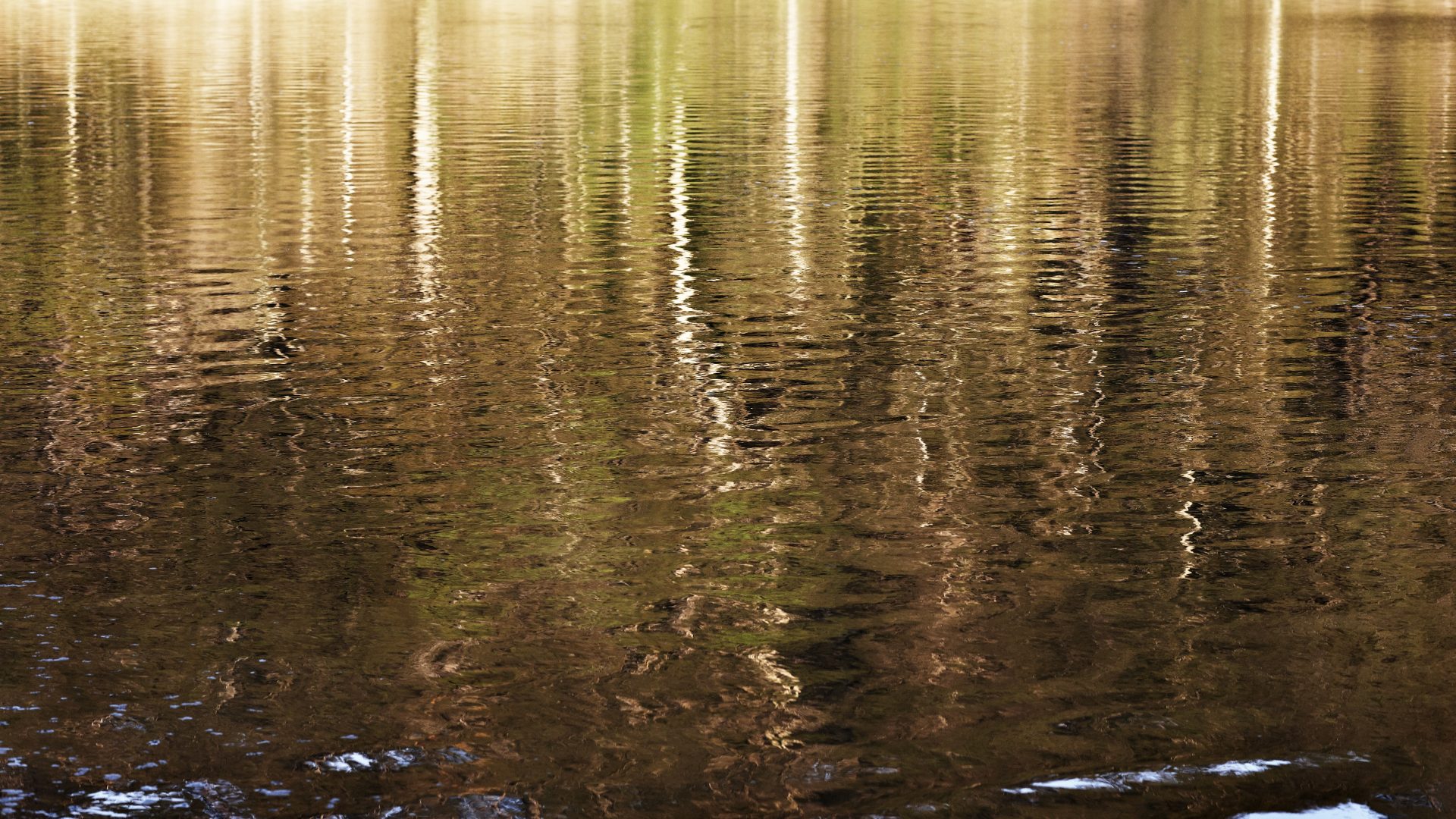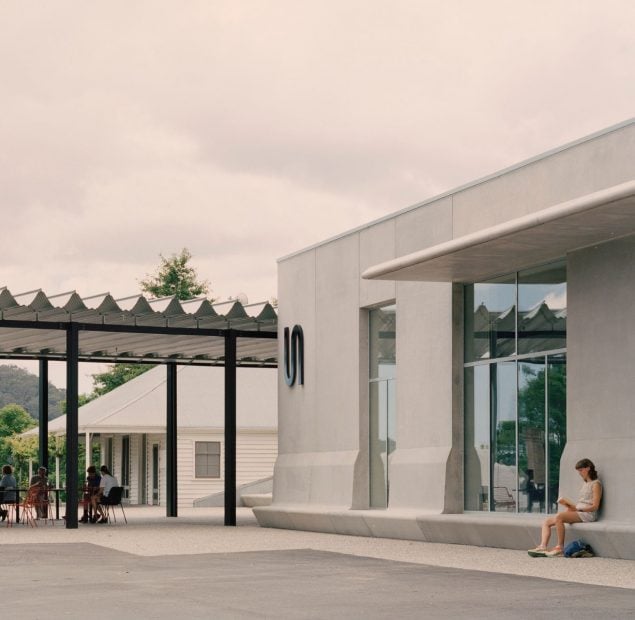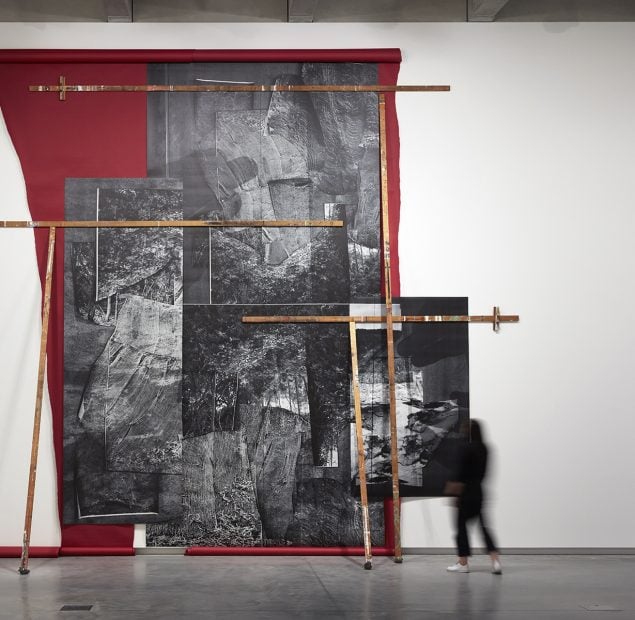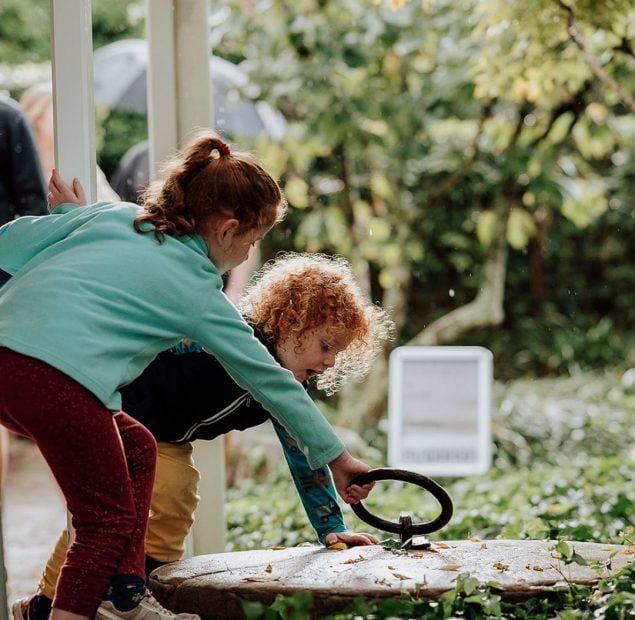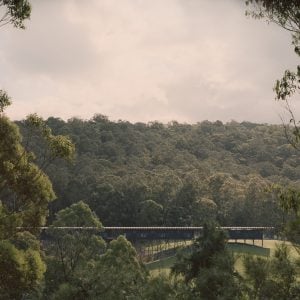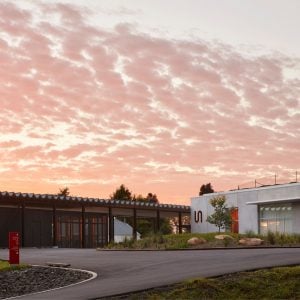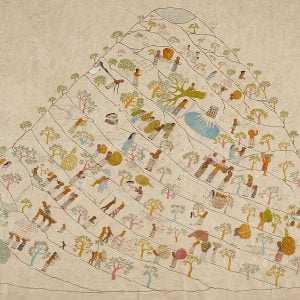At daybreak the water’s edge would draw the line Arthur Boyd drew between two worlds – Darleen Bungey in Arthur Boyd: A Life
The Shoalhaven River has created a meandering course bounded by river flats.
Bundanon has over 12 kilometres of Shoalhaven River frontage. The River has eroded a deep trough through sedimentary rocks to form the Shoalhaven River Valley.
The property has six sub-catchments that feed the Shoalhaven River. Four of these sub-catchments, and the Shoalhaven River, drain water from properties other than Bundanon. The remaining two drain water only from land controlled by Bundanon. This is of significant relevance in that pollutants such as agricultural chemicals, fertilizers and weed propagules, and water borne pests and diseases are likely to be transported onto Bundanon from other properties higher in the catchment. The Shoalhaven River has tidal influences that impact upon it.
Land management activities within a sub-catchment up-slope of Bundanon, such as road building, housing or clearing of land, may increase the speed and volume of water that flows through Bundanon’s creeks. Bundanon uses water from the river for stock water and domestic purposes. In the recent past water has also been used for irrigating crops and pastures.
“… The farm at Bundanon is one mass of clean washed sand, and from thence down both sides of the river by Riversdale and Mr Kennedy’s farm.” – The Shoalhaven News 5 May 1870
The disastrous Shoalhaven River flood of 1860, which inundated the region, had a dramatic impact on the landscape surrounding Bundanon. The river rose 120 feet at Burrier before dropping to 75 feet at Eearie Park. All the surrounding properties suffered stock and crop losses. Arable land was covered with several feet of sand and other material deposited by the river. The farm, stock and land at Bundanon would have suffered significant damage.
In 1870 a serious flood had even greater impact on the properties along the Shoalhaven River. A letter written by Hugh Mackenzie to one of his sisters following the floods is an important window into the landscape at Bundanon in 1870. In Hugh’s words the ‘… mother of all floods’ ruined Bundanon. Fences, yards and buildings were washed away and other buildings severely damaged. The strategically sited Homestead with its skillion kitchen appears to have been the only structure above the flood level.
The letter clearly documents the site and those people living in or near the main house on the night of the flood. Property structures described by Hugh in his letter included a punt, stockyards and gates, a barn, a dairy, a mangle room, a slab stable with loft, an old workshop, Murphy’s hut, a forge and pig and fowl pens. Geese, turkeys and bees were stocked. The workers ‘huts’ remained above the flood level. There is no mention of servants’ quarters or of any other farm buildings in the letter. A punt referred to was used to cross the river. The extent of the disaster was publicly recorded in The Shoalhaven News.

